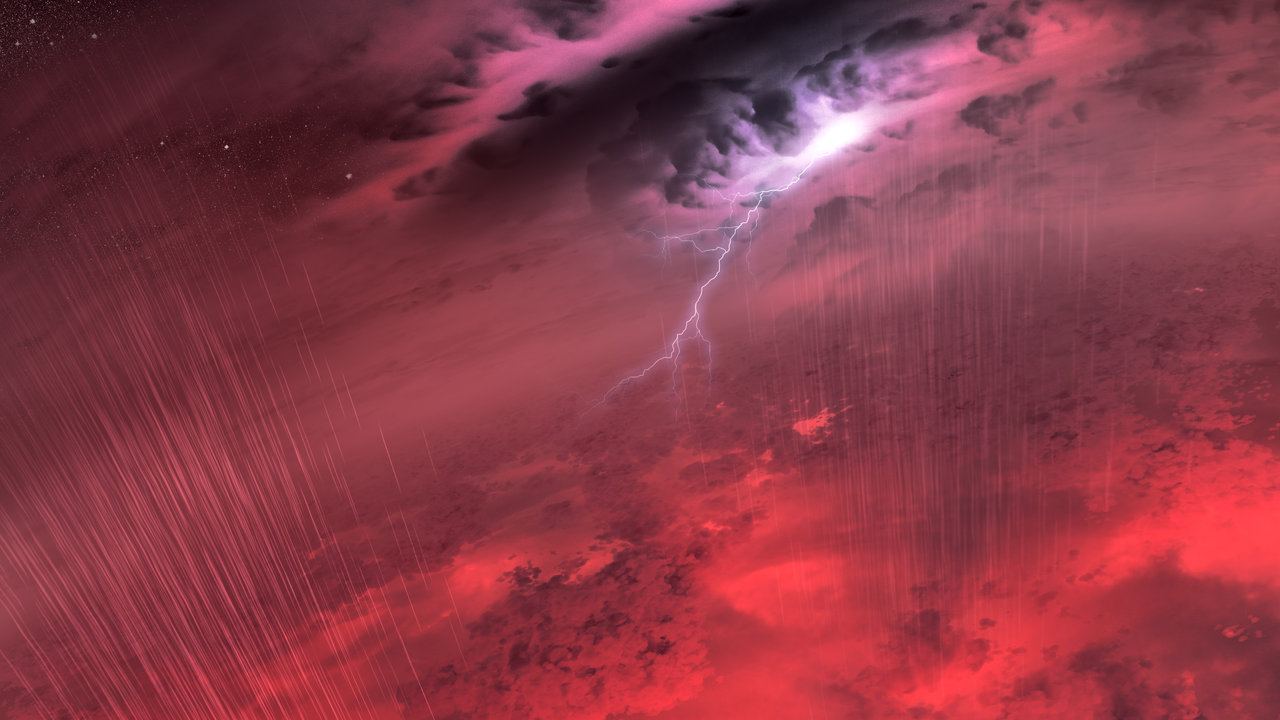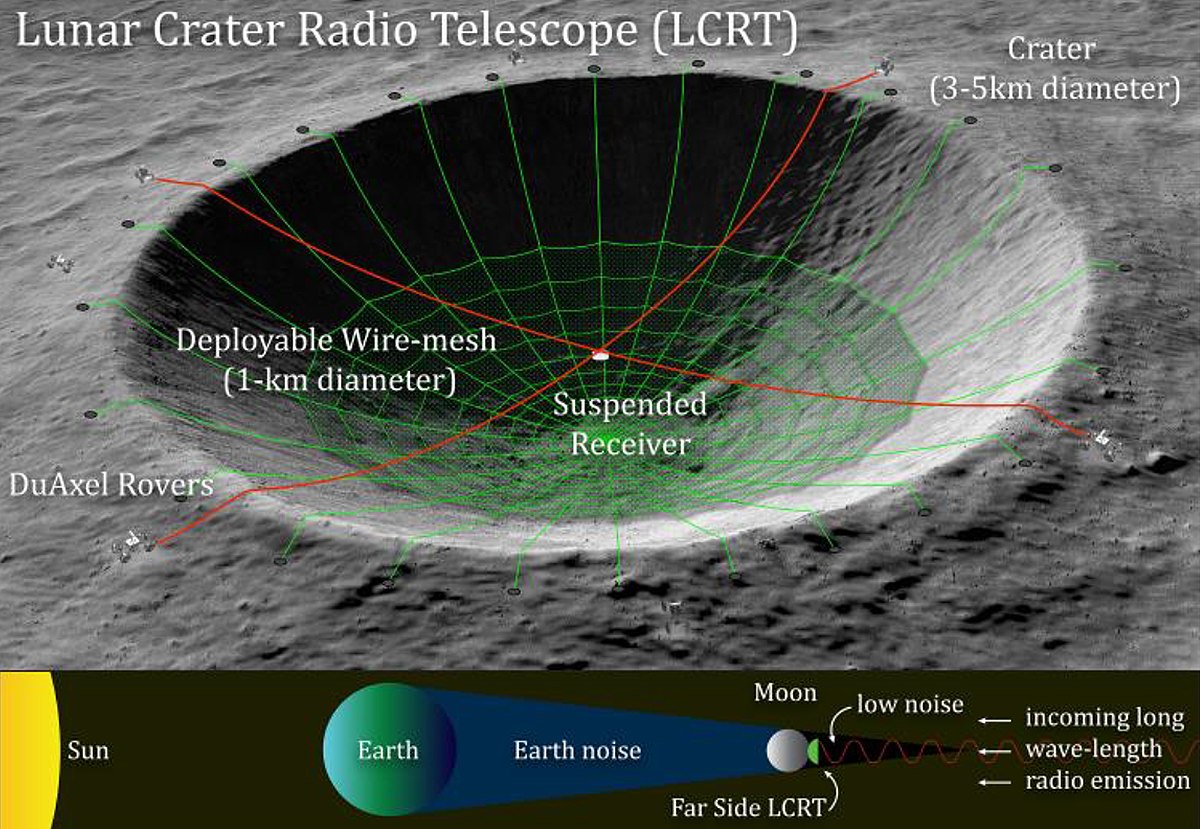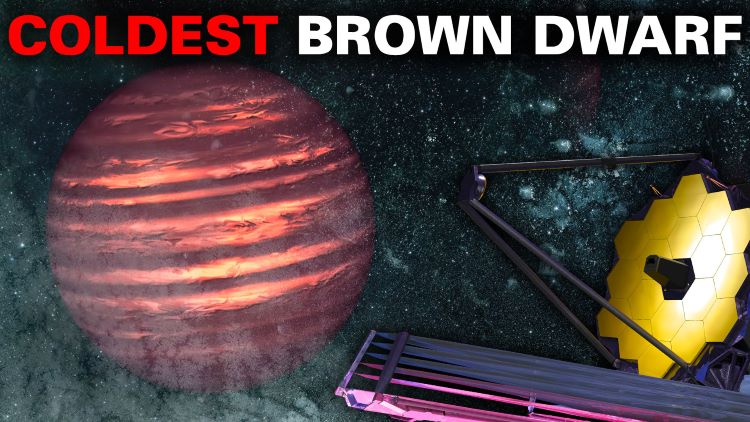Discovering exoplanets is almost routine now. We’ve found over 5,500 exoplanets, and the next step is to study their atmospheres and look for biosignatures. The James Webb Space Telescope is leading the way in that effort. But in some exoplanet atmospheres, lightning could make the JWST’s job more difficult by obscuring some potential biosignatures while amplifying others.
Continue reading “If Exoplanets Have Lightning, it’ll Complicate the Search for Life”Electrodes in Spacesuits Could Protect Astronauts from Harmful Dust on Mars
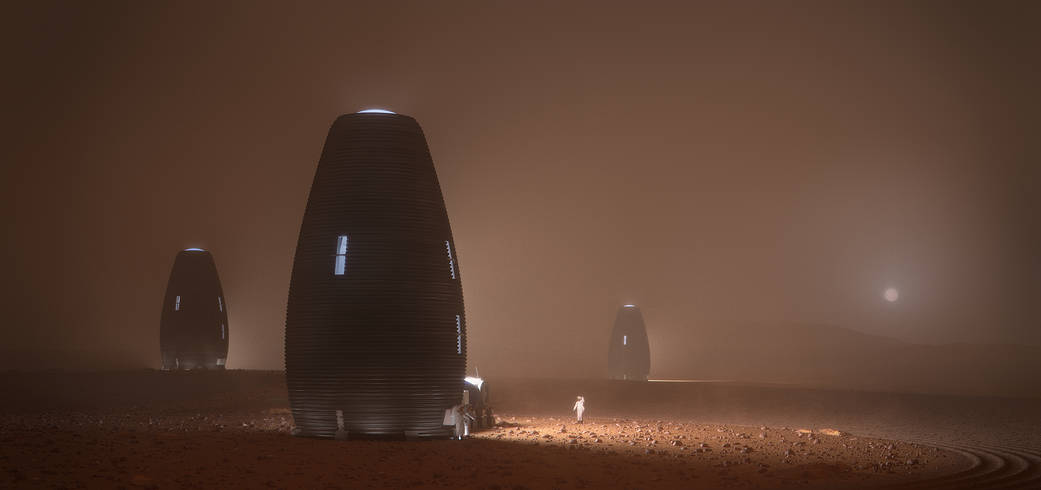
To quote NASA associate administrator Jim Reuter, sending crewed missions to Mars by 2040 is an “audacious goal.” The challenges include the distance involved, which can take up to six months to traverse using conventional propulsion methods. Then there’s the hazard posed by radiation, which includes increased exposure to solar particles, flares, and galactic cosmic rays (GCRs). And then there’s the time the crews will spend in microgravity during transits, which can take a serious toll on human health, physiology, and psychology.
But what about the challenges of living and working on Mars for several months at a time? While elevated radiation and lower gravity are a concern, so is Martian regolith. Like lunar regolith, dust on Mars will adhere to astronauts’ spacesuits and inflict wear on their equipment. However, it also contains harmful particles that must be removed to prevent contaminating habitats. In a recent study, a team of aerospace engineers tested a new electrostatic system for removing Martian regolith from spacesuits that could potentially remove harmful dust with up to 98% efficiency.
Continue reading “Electrodes in Spacesuits Could Protect Astronauts from Harmful Dust on Mars”Odysseus Moon Lander Sends More Pictures — and We Know Where It Is
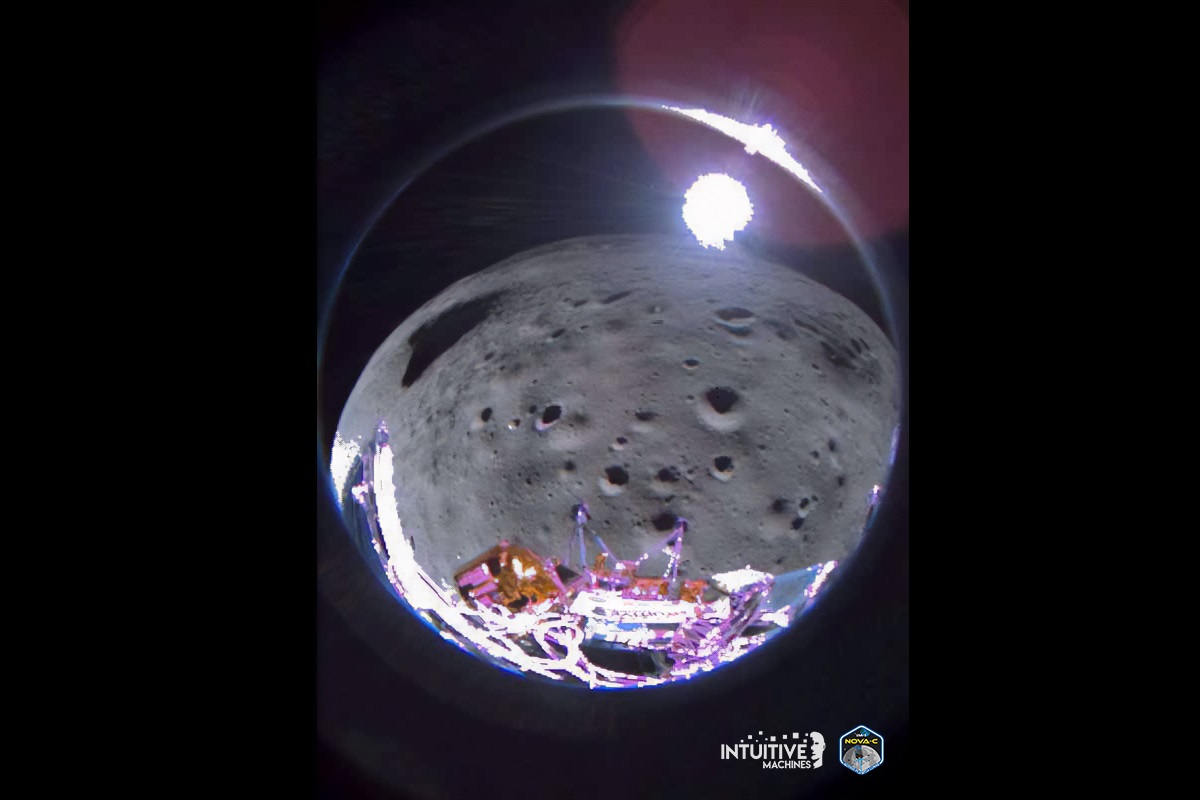
Four days after Intuitive Machines’ Odysseus lander made an off-kilter touchdown on the moon, the mission team is releasing snapshots that were taken during its descent.
The ultra-wide-angle images confirm that the lander is continuing to communicate with flight controllers, even though it’s lying in an awkward angle that limits how much data its antennas can transmit.
Meanwhile, images from NASA’s Lunar Reconnaissance Orbiter have identified Odysseus’ landing spot, within a mile (1.5 kilometers) of its intended target near a crater called Malapert A in the moon’s south polar region. The bad news is that the solar-powered lander may have to go dark sooner than anticipated.
Continue reading “Odysseus Moon Lander Sends More Pictures — and We Know Where It Is”Astronomers Discover a New Meteor Shower. The Source is Comet 46P/Wirtanen
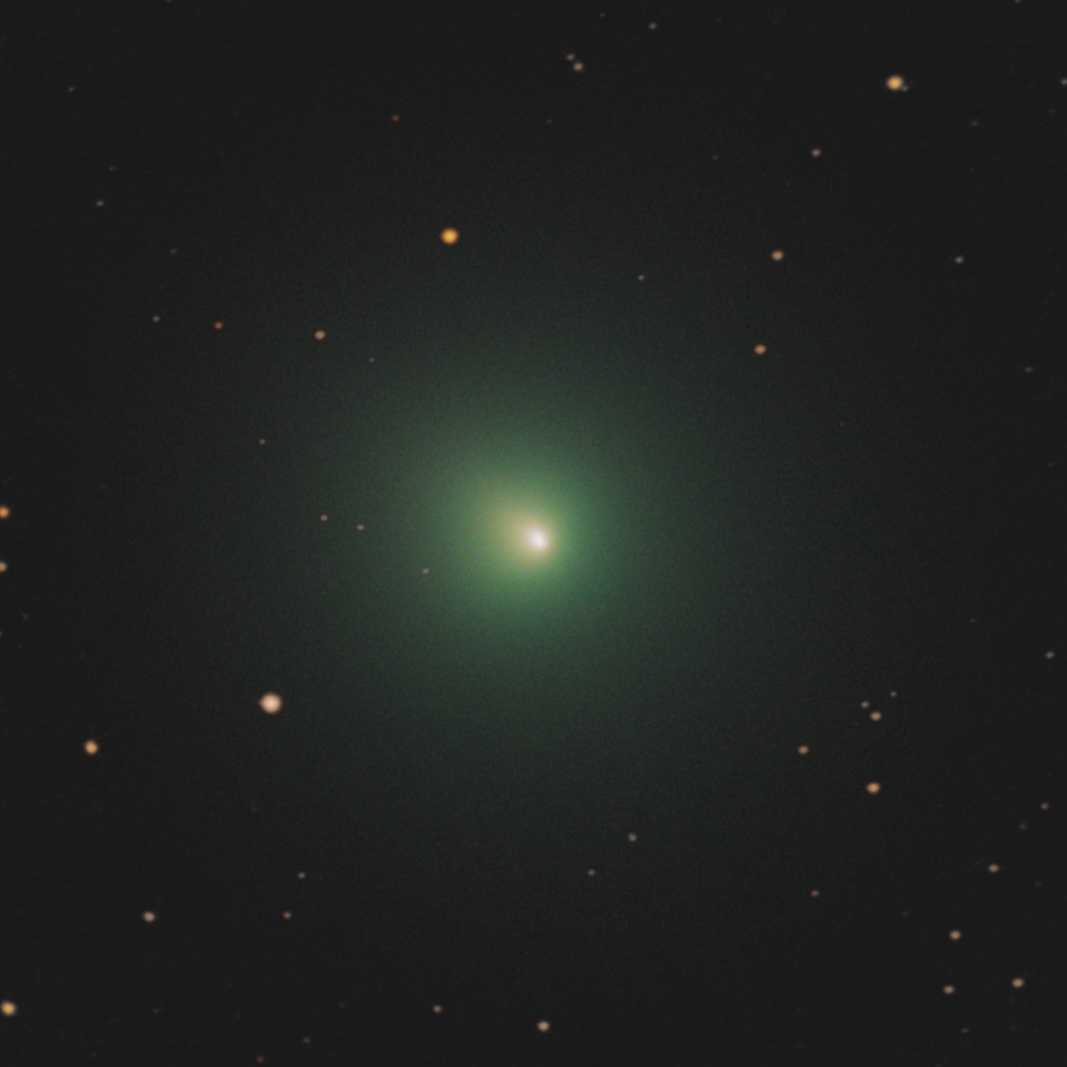
Like many of you, I love a good meteor shower. I have fond memories of the Leonid meteor storm back in 1999 when several hundred per hour were seen at peak. Sadly meteor storms are not that common unlike meteor showers of which, there are about 20 major showers per year. Wait, there’s another one and this time it comes from the debris left behind from Comet 46P/Wirtanen with an expected peak on December 12. Last year, 23 meteors were seen on that night that matched the location of the comets trail.
Continue reading “Astronomers Discover a New Meteor Shower. The Source is Comet 46P/Wirtanen”Surprise! Japan’s SLIM Moon Lander Wakes Up After a Freezing Night
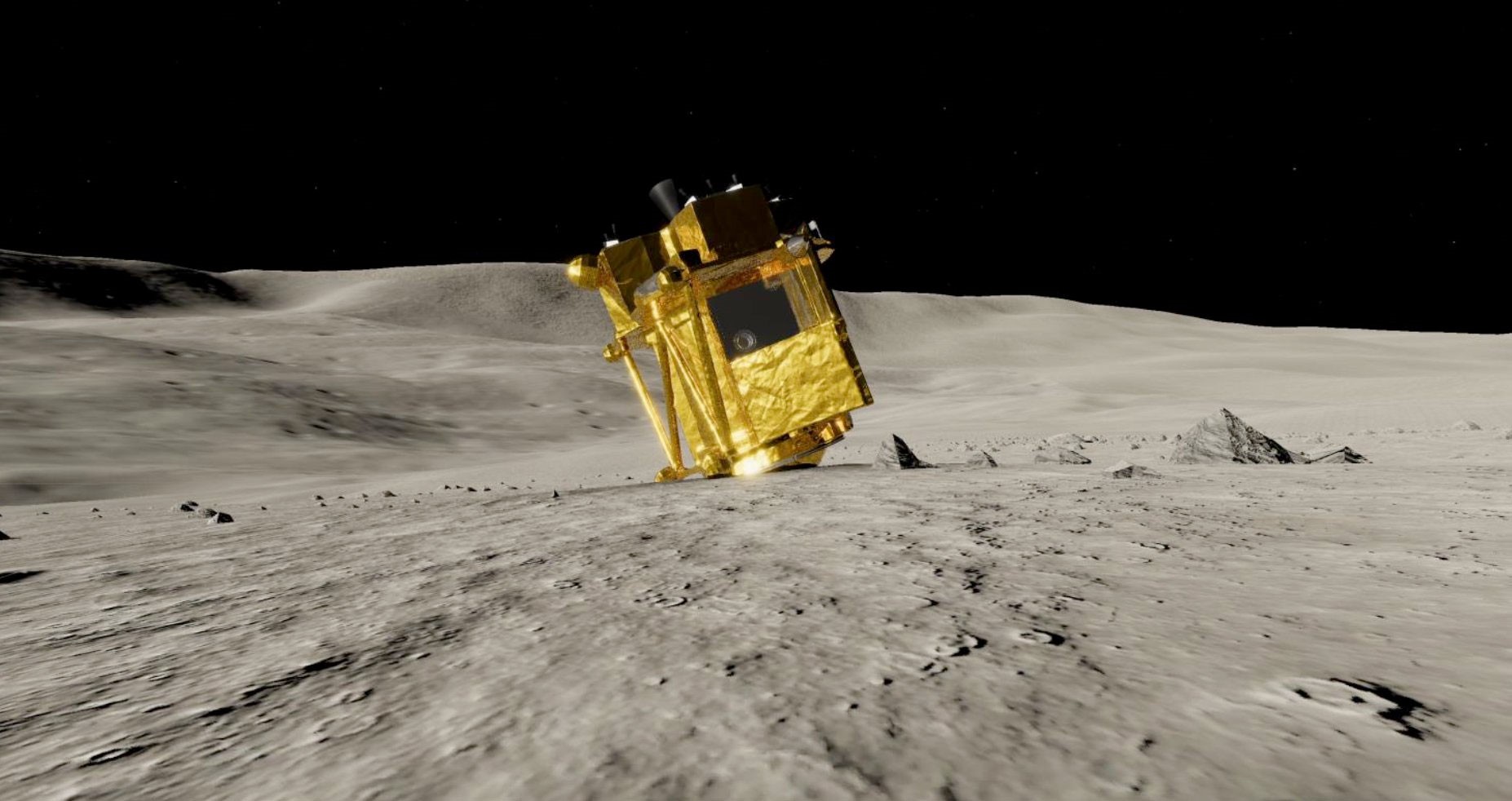
Japan’s space agency didn’t expect its wrong-side-up SLIM moon lander to revive itself after powering down for a circuit-chilling lunar night on Feb. 1. But that’s exactly what happened.
“Last night, a command was sent to SLIM and a response received, confirming that the spacecraft has made it through the lunar night and maintained communication capabilities!” the SLIM mission team reported today in a posting to X / Twitter.
Continue reading “Surprise! Japan’s SLIM Moon Lander Wakes Up After a Freezing Night”Titan Probably Doesn’t Have the Amino Acids Needed for Life to Emerge
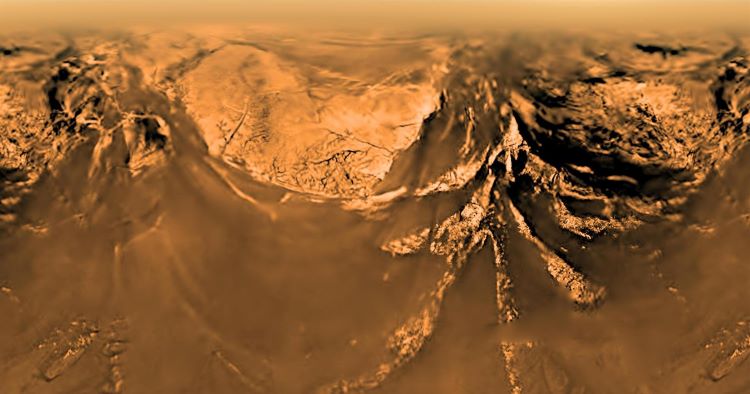
Does Saturn’s largest moon, Titan, possess the necessary ingredients for life to exist? This is what a recent study published in Astrobiology hopes to address as a team of international researchers led by Western University investigated if Titan, with its lakes of liquid methane and ethane, could possess the necessary organic materials, such as amino acids, that could be used to produce life on the small moon. This study holds the potential to help researchers and the public better understand the geochemical and biological processes necessary for life to emerge throughout the cosmos.
Continue reading “Titan Probably Doesn’t Have the Amino Acids Needed for Life to Emerge”What Kinds of Astronomy Could Be Done With a Telescope on the Moon?
For decades, astronomers have said that one of the most optimal places to build large telescopes is on the surface of the Moon. The Moon has several advantages over Earth- and space-based telescopes that make it worth considering as a future home for giant observatories. A new paper lists all the advantages, including how telescopes on the lunar surface wouldn’t be blocked by an atmosphere or impacted by wind, and how the low gravity would allow gigantic structures to be built that could be upgraded over time by astronauts.
“Progress on the big questions in astronomy, such as life on certain exoplanets or dark matter, will ultimately require high angular resolution, a large collecting area and access to the full optical spectrum,” write French astronomers Jean Schneider, Pierre Kervella, and Antoine Labeyrie. “All astronomy will benefit from the advantages provided by the localization on the Moon.”
And even though it might be decades before we have a permanent presence on the Moon, the astronomers suggest we should start with small telescopes now.
Continue reading “What Kinds of Astronomy Could Be Done With a Telescope on the Moon?”The Kuiper Belt is Much Bigger Than We Thought
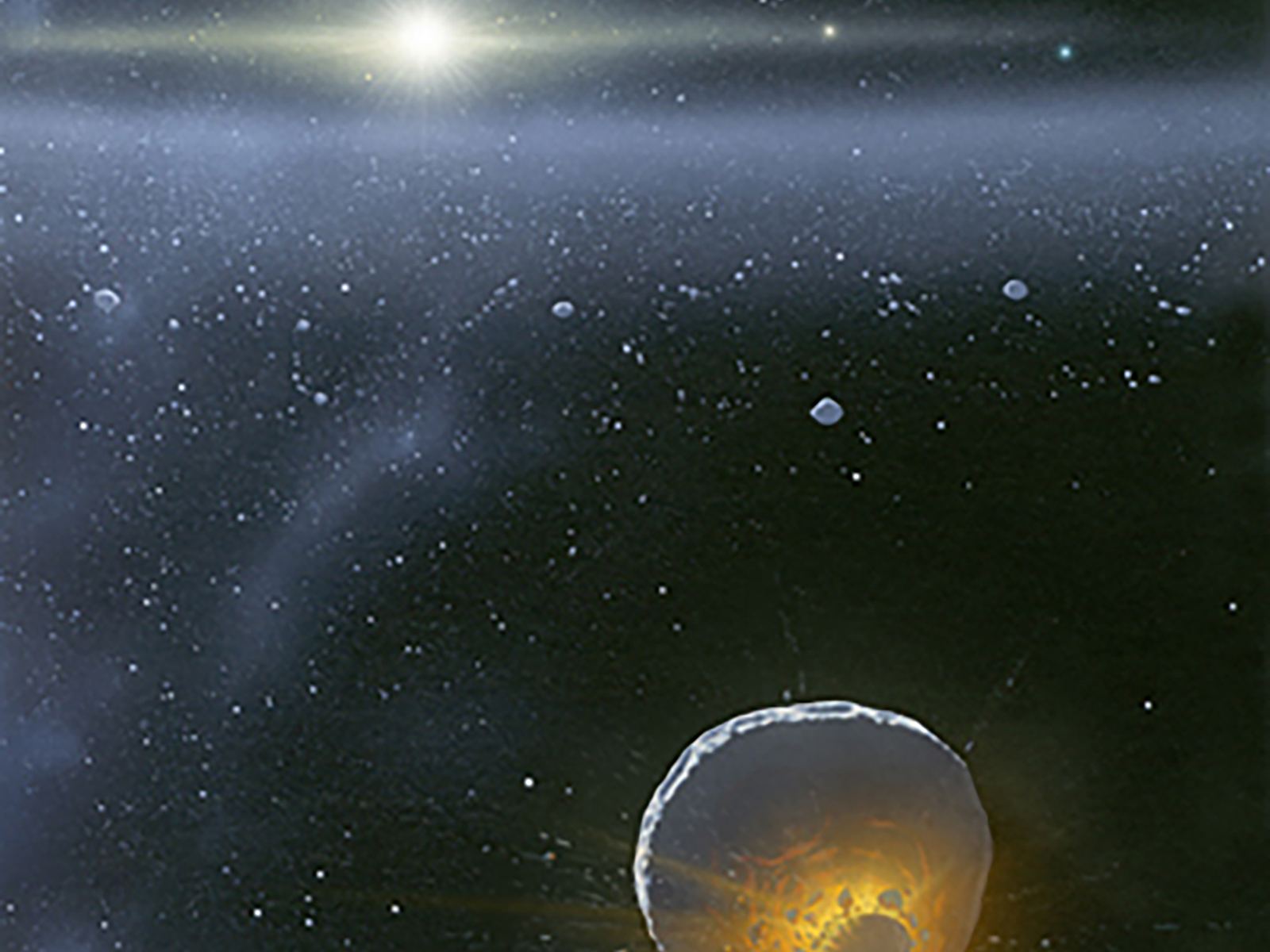
NASA’s New Horizons spacecraft is just over 8.8 billion km away, exploring the Kuiper Belt. This icy belt surrounds the Sun but it seems to have a surprise up its sleeve. It was expected that New Horizons would be leaving the region by now but it seems that it has detected elevated levels of dust that are thought to be from micrometeorite impacts within the belt. It suggests perhaps that the Kuiper Belt may stretch further from the Sun than we thought!
Continue reading “The Kuiper Belt is Much Bigger Than We Thought”A Planetary Disk in the Orion Nebula is Destroying and Replenishing Oceans of Water Every Month

Planet-forming disks are places of chaotic activity. Not only do planetesimals slam together to form larger worlds, but it now appears that the process involves the destructive recycling of water within a disk. That’s the conclusion from scientists studying JWST data from a planetary birth crèche called d203-506 in the Orion Nebula.
Continue reading “A Planetary Disk in the Orion Nebula is Destroying and Replenishing Oceans of Water Every Month”Brrr. JWST Looks at the Coldest Brown Dwarf
What are the atmospheric compositions of cold brown dwarf stars? This is what a recent study published in The Astronomical Journal hopes to address as an international team of researchers used NASA’s James Webb Space Telescope (JWST) to investigate the coldest known brown dwarf star, WISE J085510.83?071442.5 (WISE 0855). This study holds the potential to help astronomers better understand the compositions of brown dwarf stars, which are also known as “failed stars” since while they form like other stars, they fail to reach the necessary mass to produce nuclear fusion. So, what was the motivation behind using JWST to examine the coldest known brown dwarf star?
Continue reading “Brrr. JWST Looks at the Coldest Brown Dwarf”
